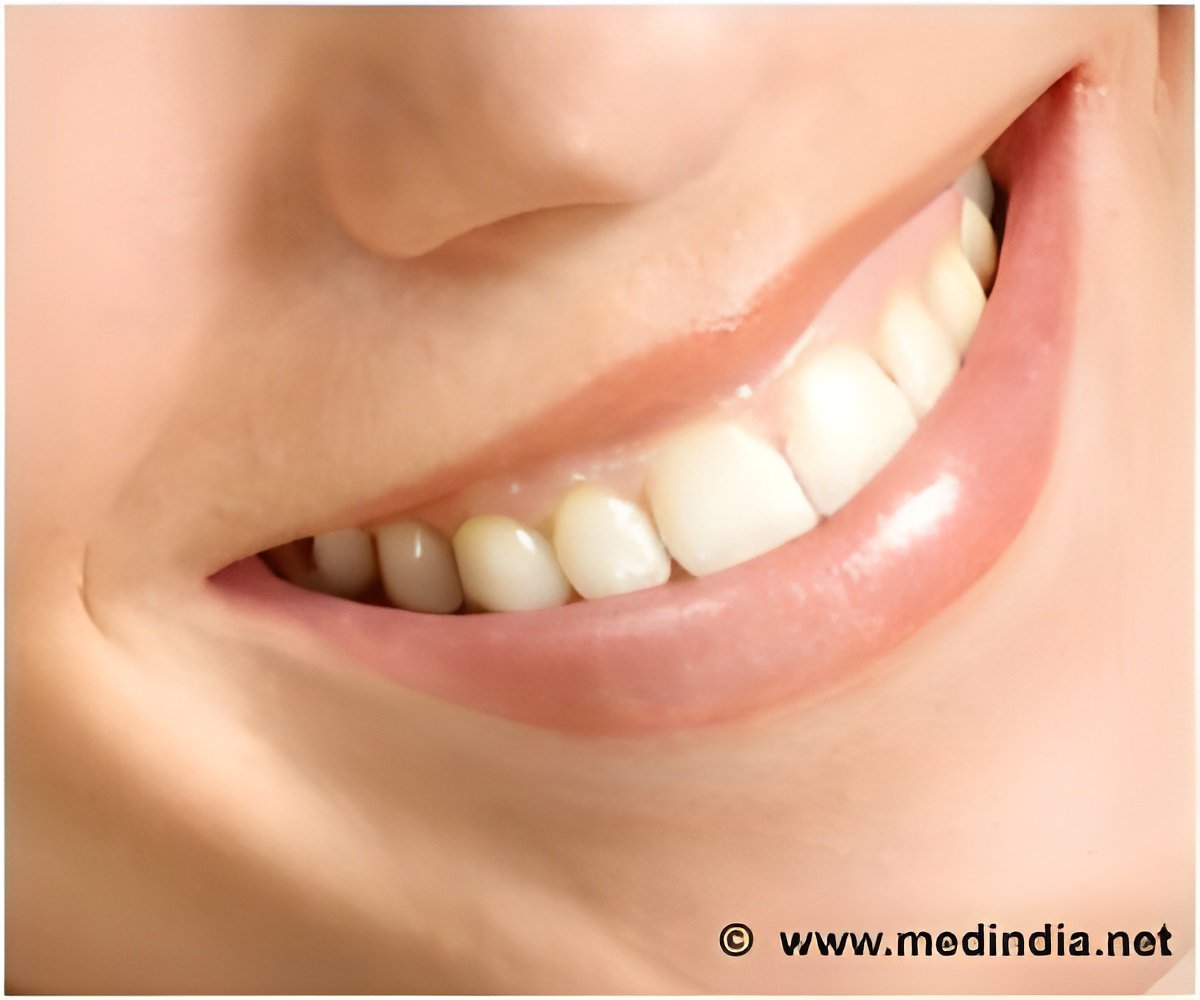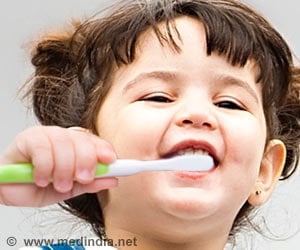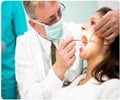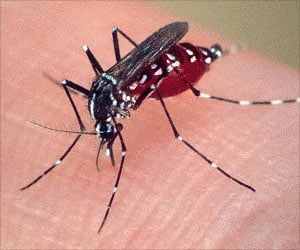
‘It would be helpful for both the general population and athletes to consider correcting dental occlusions to improve postural control and thus prevent possible falls and instability.’
Tweet it Now
Dental occlusion is the contact made between the top and bottom teeth when closing the mouth. Teeth may be perfectly aligned or they may present alterations with varying levels of severity. Dental occlusion's association with postural control may seem statistically weak, but grows stronger when a person experiences fatigue or when instability is a factor, the study said.
"Postural control is the result of a complex system that includes different sensory and motor elements arising from visual, somatosensory -- denoting a sensation such as pressure, pain, or warmth -- and vestibular information -- regarding motion, equilibrium, and spatial orientation," agenciasinc.es quoted Sonia Julia-Sanchez, researcher at the University of Barcelona in Spain, as saying.
Further, malocclusion -- imperfect positioning of the teeth when the jaws are closed -- has also been associated with different motor and physiological alterations, especially when people were fatigued than when they were rested.
But postural control was shown to improve -- both in static and dynamic equilibrium -- when different malocclusions are corrected by positioning the jaw in a neutral position.
Advertisement
In contrast, a significant relationship between exhaustion and dental occlusion was observed under conditions of maximum instability, Julia-Sanchez said.
Advertisement
"Therefore, it would be helpful for both the general population and athletes to consider correcting dental occlusions to improve postural control and thus prevent possible falls and instability due to a lack of motor system response," Julia-Sanchez concluded, in the paper published in the journal Motor Control and Neuroscience Letters.
Source-IANS












